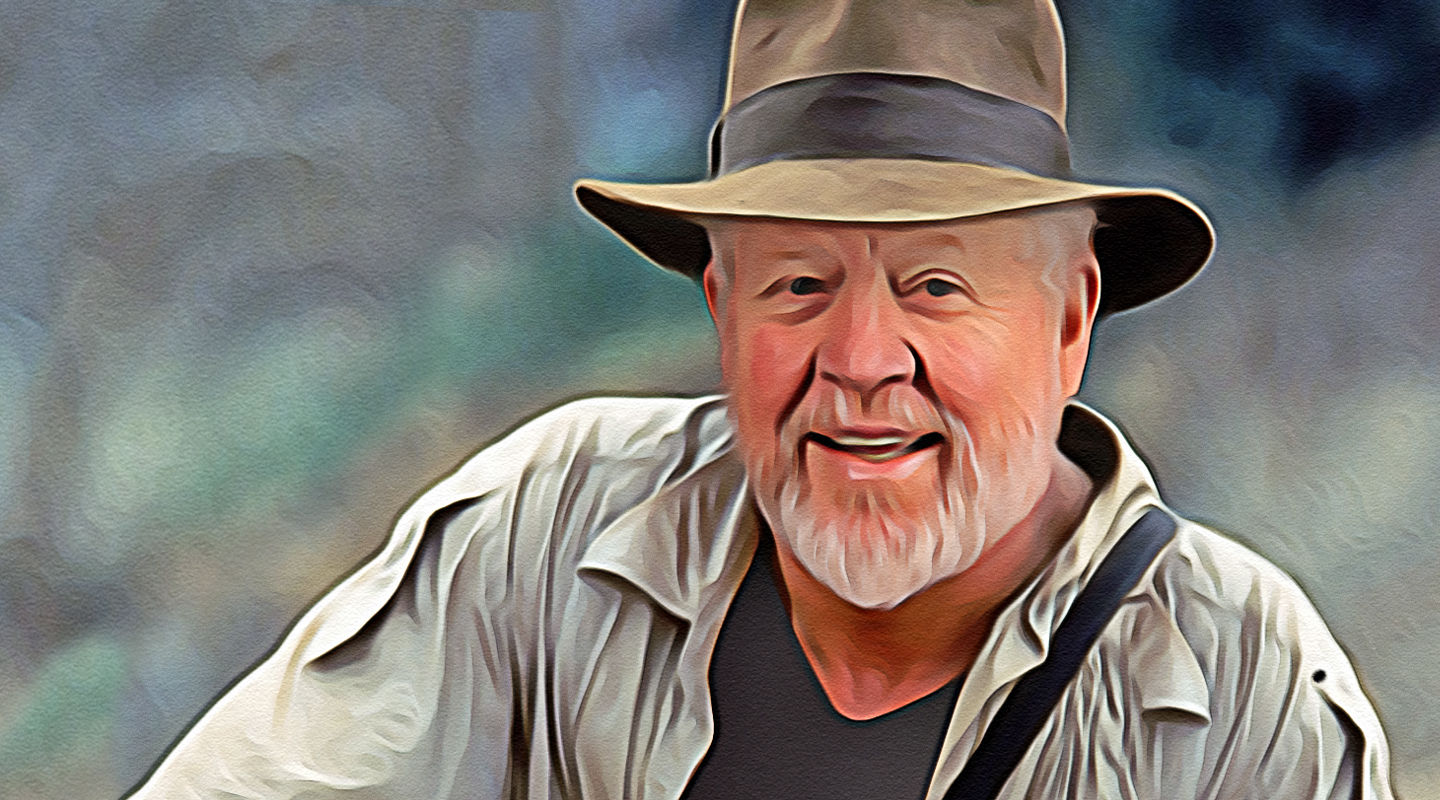
9 Fascinating Facts About Dan Everett
An internationally recognized linguist, anthropologist and philosopher, Dan Everett has been hailed as “the closest thing we have to a real-life Indiana Jones.”
During a distinguished career spanning nearly 50 years — the last 14 of them at Bentley, where the current Trustee Professor of Cognitive Sciences and former Dean of Arts and Sciences is a member of both the Sociology and Global Studies departments — Everett has never shied away from controversy. Whether defending himself from oversized reptiles in the Amazon rain forest or igniting a longstanding intellectual “feud” with Noam Chomsky, the MIT professor emeritus widely regarded as the “father of modern linguistics,” Everett has demonstrated time and again that scholarly pursuits can also be surprisingly scintillating.
Read on to learn more about this leading linguist and beloved Bentley professor:










